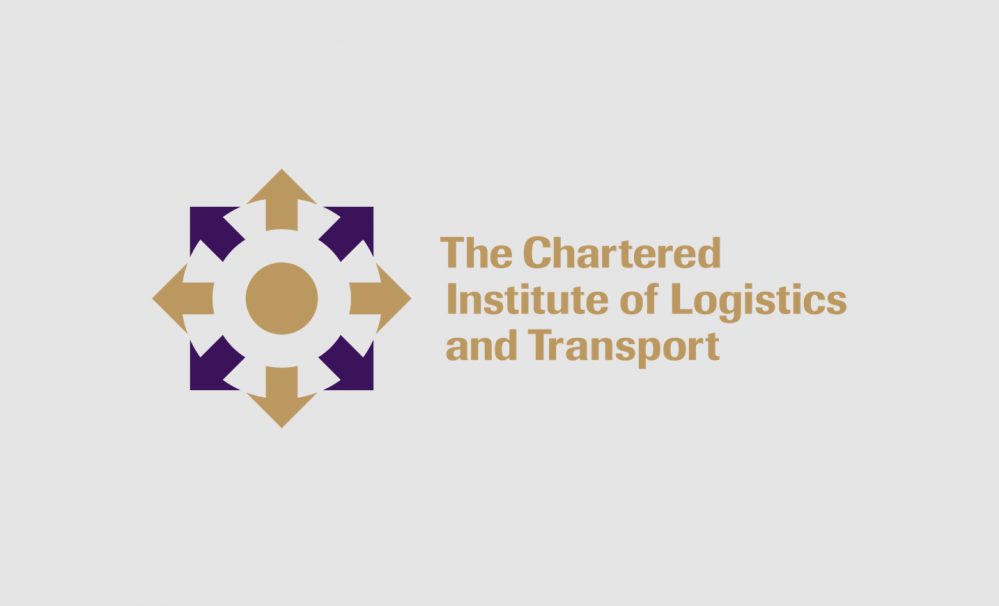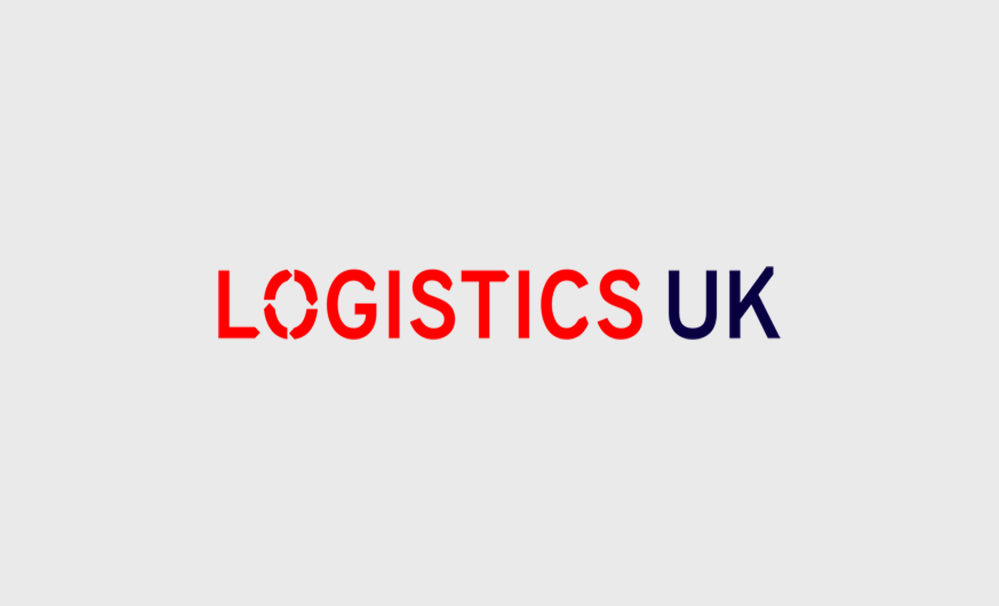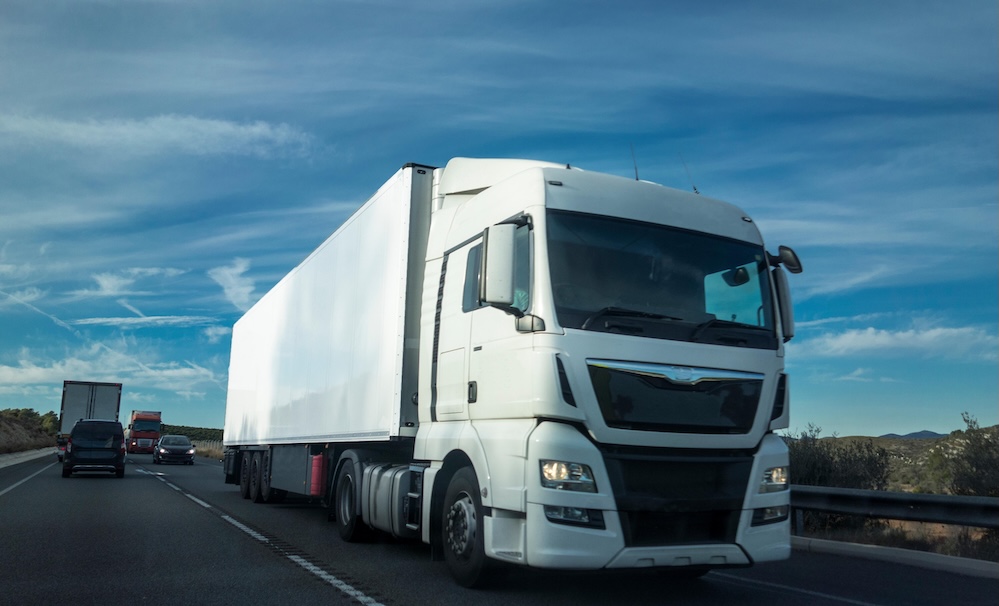The Chartered Institute of Logistics and Transport (CILT) believes that a one-size-fits-all approach to net zero carbon emissions is likely to have disproportionate societal effects on already challenged rural communities.
This stark warning comes in the Institute’s latest report, The challenge of future carbon and emissions reduction for rural communities. The report states that rural communities may be left behind if consideration is not given to these areas on the road to net zero carbon.
The paper discusses what makes the rural environment unique, meaning it requires different consideration in policy-making.
Morag Robertson, Committee Member, Freight and Logistics Policy Group, CILT(UK), and co-author of the report, says: “The economics of transport in rural areas is very different from urban settings. This in turn makes decarbonisation a potentially different challenge to face.
“This report notes the differences between rural and urban travel patterns, community and rural business needs and the nuances of public transport in rural areas. The economic role of the rural economy is significant and presents real opportunities to support the government’s drive to decarbonisation.”
The report highlights a number of challenges and opportunities for the logistics and transport sector in rural areas to play its part in the government’s road to net zero carbon by 2035, these include:
- In rural areas, rail and bus operations can be difficult to economically stack up, and so rural locations may be more suited to on-demand services.
- Linking shared services alongside electric infrastructure support could allow for better connectivity to health, education and employment at a lower environmental cost.
- Sectors such as farming and mineral extraction provide specific decarbonisation challenges and opportunities:
- Agriculture could present opportunities for farm operations that could combine cleaner energy generation to transport fuel.
- Mineral extraction in rural areas can be ideal for rail freight to provide part of the transport solution.
- Vans have been an increasing feature of online deliveries and are also traditionally used for servicing and other businesses. There are decarbonisation opportunities with widespread electrification so long as the rural infrastructure is in place.
- In many rural areas, tourism is a major contributor to the economy. Tourist traffic has characteristics that may need different solutions. Removing traffic congestion caused by visitor travel will not only help deliver on carbon targets, but also make the area more attractive to live in, work in and visit. Summer 2021 will be a good test of tourism-related transport as we take UK holidays instead of overseas. At the heart of successful and sustainable decarbonisation in rural areas could be mobility hubs, combining people and goods movements and driving up economics of scale.
- The recent trends towards home working and moving out of cities may well change some of the dynamics of rural transport.
Kevin Richardson, Chief Executive, CILT(UK), says: “The journey to zero will be difficult without considered communication and engagement with rural communities and businesses from government. If policies do not address the unique challenges of decarbonisation in the rural environment, there is a risk that people and business will suffer further social and economic disadvantage.”








